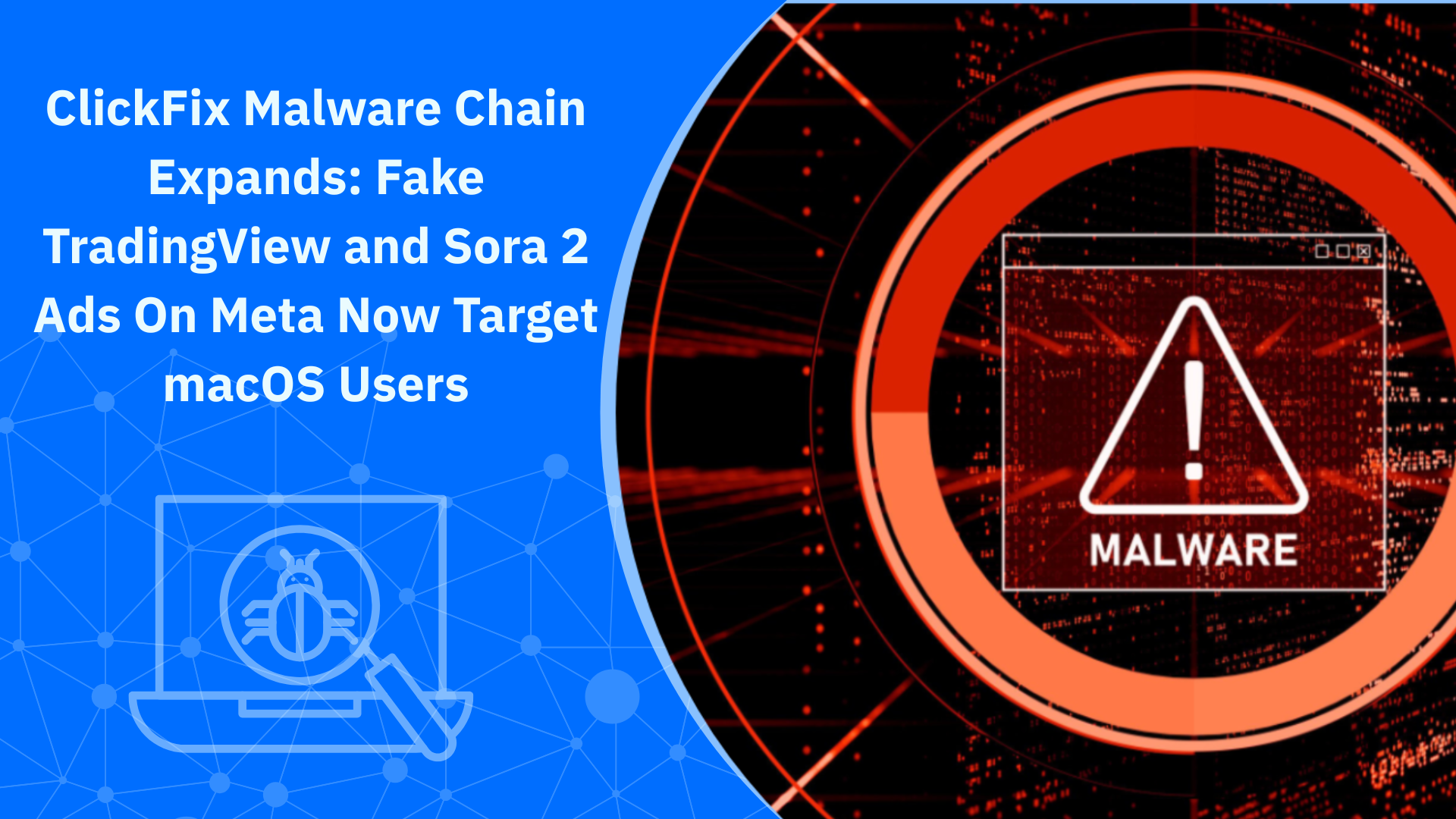Cybersecurity for Remote Work: Securing Your Small Business in a Work-From-Home World

While the age of remote work was believed to be a short-lived one, likely to end after the pandemic ended, it's still a big part of businesses today, and it seems to be here to stay, in one form or another.
The security challenges it introduced overnight were unparalleled, especially viewed through the prism of urgency, and many companies, especially small ones, continue to underestimate the problems they can face.
The pandemic brought a swift move to remote work, and very few companies were spared. Ready or not, organizations had to implement some sort of method that would let employees connect remotely,
Businesses rapidly adapted their operations, but many have overlooked one essential component: cybersecurity. This abrupt adoption and infusion of remote workers has created a new thriving landscape for cybercriminals, and small businesses, often unprepared, have become prime targets.
Why Small Businesses are Vulnerable
Small businesses frequently underestimate their vulnerability. There are multiple reasons why this happens. Some business owners believe they can get lost in the crowd and struggle to imagine themselves as targets.
Multiple surveys have repeatedly shown that, on average, nearly half of all cyberattacks target small enterprises, yet only around a third of small business owners have acknowledged this risk. This false sense of security is actually a major critical flaw.
In reality, small businesses often handle sensitive user data without the proper protection measures in place, making them particularly vulnerable targets. The shift to remote work has compounded these vulnerabilities, as employees access sensitive company information from less secure home networks.
Real-Life Risks and Consequences
Cyberattacks on small businesses don't often make the front page, so they might seem like theoretical threats. However, even the smallest businesses can face catastrophic outcomes. Scenarios in which even larger companies had to shut down because of a cyberattack are numerous.
Consider these real-world cases:
· Einhaus Group: This German phone repair and insurance company with €70 million in revenues, suffered a ransomware attack by the 'Royal' gang. Hackers gained access to internal systems, encrypted business data, and printed ransom demands on office printers.
The company eventually paid €200,000 in Bitcoin but could not recover its operations. Eventually, they had to lay off 95% of their workforce and declared insolvency. Had the firm maintained offline backups and implemented stronger endpoint monitoring, the ending could have been very different.
· Tools & Solutions: A small service-based company fell victim to a ransomware attack after failing to update software and relying on untrained staff.
The attackers gained access to the company infrastructure via a phishing email and exploited unpatched vulnerabilities. All files were encrypted, and the company didn't have any recent backups.
Recovery involved hiring a response team, implementing endpoint detection, and retraining employees. In the end, the recovery from this incident likely cost a lot more than just having the right protections in place.
· United Structures (2024): A small construction firm was targeted by a business email compromise (BEC) scam. Attackers impersonated the company's CEO using a lookalike domain and tricked accounting into wiring $110,000 to a fraudulent account.
The attackers had monitored email traffic for weeks before striking. Multi-factor authentication and domain monitoring could have stopped this social engineering attack before any money was lost.
These incidents underscore a number of extremely important insights for small businesses:
· Simple vulnerabilities can lead to catastrophic outcomes that can even lead to shutting down a business.
· Paying ransoms does not guarantee recovery.
· Cyber insurance alone isn't sufficient protection; companies need advanced security solutions that provide a complete palette of tools.
Simple Steps to Robust Protection
Securing your small business doesn't require extensive IT resources and oftentimes it's also just about adopting a proactive strategy:
· Regular Employee Training: Employees have to be able to recognize and respond correctly to threats like phishing emails. Regular training ensures that people are always vigilant.
· Endpoint Protection: Securing every device with advanced endpoint protection tools can prevent attackers from gaining entry, especially when employees are working remotely.
· Multi-Factor Authentication (MFA): Implement MFA to have an essential additional layer of security, ensuring only authorized users can actually access sensitive company resources.
· Zero-Trust Model: Adopt a zero-trust approach where all users and devices are continuously authenticated, minimizing risks from compromised accounts.
Bitdefender Ultimate Small Business Security: A Comprehensive Solution
Implementing these measures may sound complex, but solutions like Bitdefender Ultimate Small Business Security simplify the process significantly. Designed specifically for small enterprises, it offers:
· Real-time Threat Detection to block threats before they infiltrate your systems.
· Advanced Encryption to ensure sensitive data remains inaccessible even if intercepted.
· Automated Ransomware Recovery Tools to quickly restore your business operations after an attack.
· Email Security that identifies and blocks phishing attempts and malicious attachments.
· Secure VPN for protected remote access, critical for home-based workers.
· Scam Copilot to quickly verify suspicious messages.
Crucially, Bitdefender Ultimate Small Business Security is designed to be user-friendly, meaning it can be effectively managed even by those without an IT background.
Final Thoughts
Small businesses can no longer afford to underestimate cybersecurity threats, especially in a remote-first work policy. A small investment in cybersecurity is far less costly than the consequences of a cyberattack. Take proactive measures now before it's too late.
For comprehensive cybersecurity protection tailored for small businesses, visit Bitdefender Ultimate Small Business Security and safeguard your operations with the most advanced security tools available.
tags
Author
Silviu is a seasoned writer who followed the technology world for almost two decades, covering topics ranging from software to hardware and everything in between.
View all postsRight now Top posts
How Kids Get Automatically Added Into WhatsApp Groups with Horrific Imagery Without Consent
November 24, 2025
Scammers Exploit Hype Around Starbucks Bearista Cup to Steal Data and Money, Bitdefender Antispam Lab Warns
November 18, 2025
Scam Alert: Fake Sephora Advent Calendar Ads and WhatsApp Messages Flood Europe in 2025
November 17, 2025
ClickFix Malware Chain Expands: Fake TradingView and Sora 2 Ads On Meta Now Target macOS Users
November 17, 2025
FOLLOW US ON SOCIAL MEDIA
You might also like
Bookmarks







